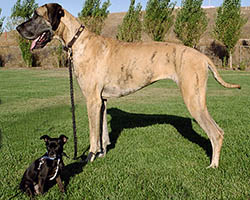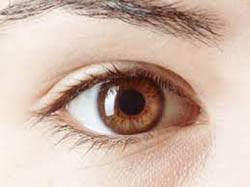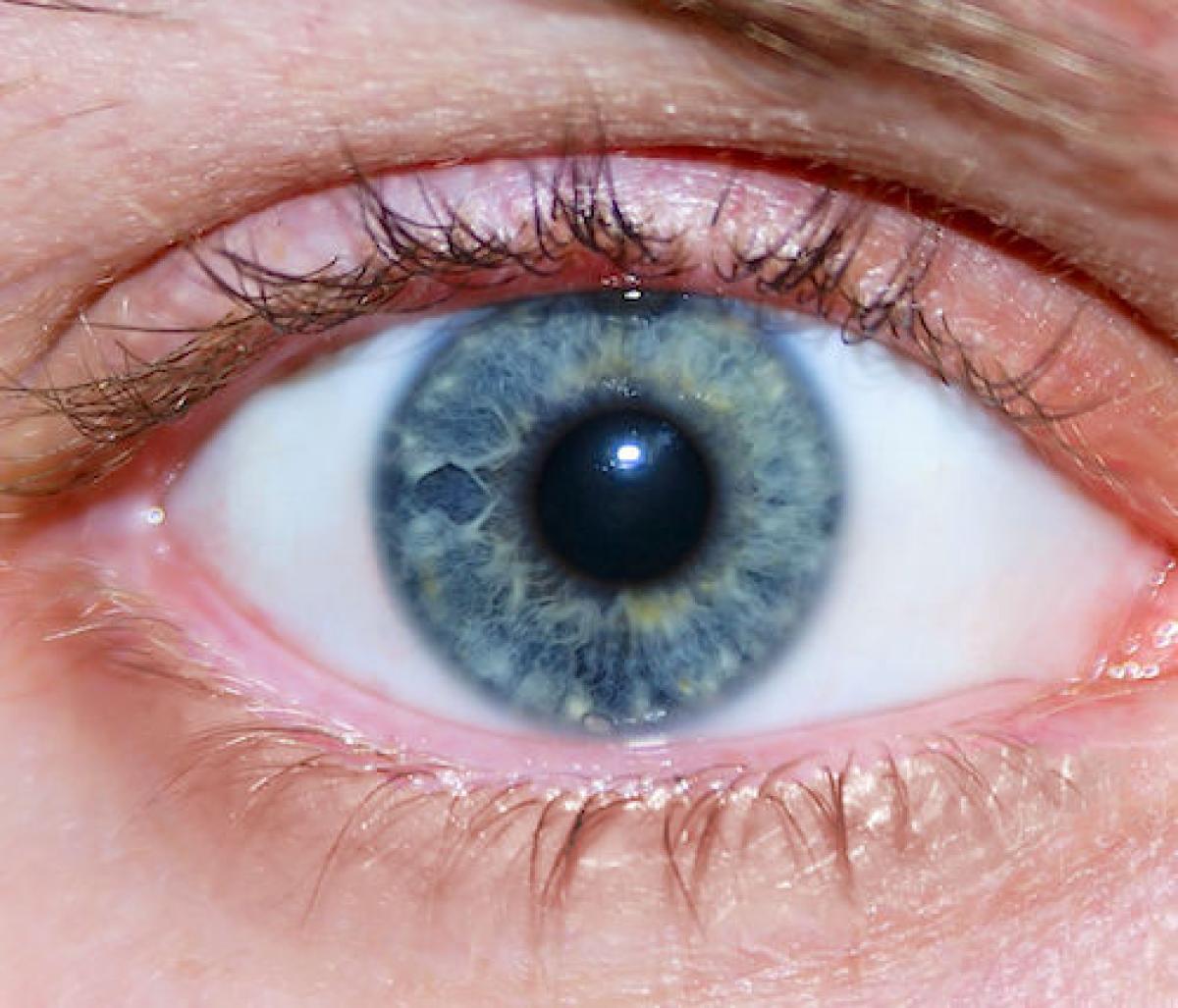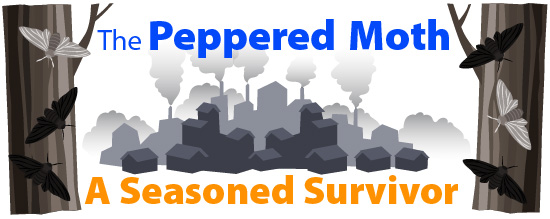A Map of Genetics

You visit the local dog park and see a Great Dane towering over a Chihuahua. The two dogs couldn't be more different. But they are both from the same species. Organisms that share genes don't always look similar. So what is it about genes that can make individuals look different?
Sometimes it can be hard to remember what's what when studying genetics. You have chromosomes, loci, genes, and dominant or recessive alleles. Then you also have other ideas like genotype and phenotype. How can you remember all of it? Let's take a step back and try to think of it in a different way.
A Parking Lot of Genes

Think of a chromosome as a huge parking lot. It has thousands of spaces. Sexually reproducing animals usually have paired chromosomes. You can think of these as the two lines of parking spaces you see in most parking lots. Each space is called a locus, meaning the location on the chromosome. A specific locus is home to a specific gene.
Genes are responsible for how your body is built and how it works. Some genes made it so you have a specific eye color. Others work together to help you digest foods. In the parking lot, we can think of a gene as a specific kind of car. For the most part, one car type usually fits in one specific spot.
But wait… if we have specific cars (genes) parking in specific parking spaces (loci, the plural form of locus), how are anyone's genes different, especially in people who are related? How does a boy have brown eyes while his sister has blue eyes? This is where we get to alleles.

There can be different forms of the same gene, and these forms can cause different eye colors, for example. These forms are called alleles.
In sexually reproducing organisms (like humans), two alleles will be present for each gene. One allele is inherited from each parent. If we think back to our paired chromosomes, one allele is on each chromosome at that particular locus. In our parking lot example, spots are paired, just like loci on our homologous chromosomes. Alleles are the different colors of a type of car that might park in a certain space (locus) in the parking lot (chromosome).
Looking at Alleles
Here, things get a little more complicated. When we are dealing with traits that are affected directly by one gene or locus, dominant alleles decide what a trait will look like. This means that if there's a recessive allele and a dominant allele, the trait will be made based on the dominant one. For a recessive allele to show through, the dominant allele must be absent.

We can think of these as paints for each car. Dominant alleles are very dark colors, let's use black for now. Recessive alleles are barely colored, almost clear. Let's use one that has a purple tint for this example.
If both alleles are dominant, we'd add two black coats and the car would end up black. If both alleles are recessive, we'd add two clear-purple coats. The car would end up a very light purple (you could probably see the metal exterior of the car through it).
But what would happen if you had both the black and the clear-purple? The car would still look black, right? This is the effect of a dominant allele. If the dominant allele is present, it decides how the trait appears. Be careful in thinking about this example though…realize that dominant and recessive genes only really work in this example if one of the paint colors is clear.
Some Genes You See, Some You Don't

This leads us to the last part of genetics we're concerned with right now. What we see, versus what is present in the genes. In the car example above, when black and clear-purple were mixed, the car looked black. This was the phenotype—it was what we saw in the trait. Think of the ph- as meaning what we ph-ysically see.
If we wanted to know whether or not the car had any clear-purple paint mixed in, we'd have to look at the second allele that was involved. The actual alleles that are present in a living thing is called the genotype.
Additional images via Wikimedia Commons. Blue eye "Niebieskie oko."
Read more about: The Peppered Moth: A Seasoned Survivor
Bibliographic details:
- Article: Getting Genetics Straight
- Author(s): Dr. Biology
- Publisher: Arizona State University School of Life Sciences Ask A Biologist
- Site name: ASU - Ask A Biologist
- Date published: 5 Aug, 2015
- Date accessed:
- Link: https://askabiologist.asu.edu/getting-genetics-straight
APA Style
Dr. Biology. (Wed, 08/05/2015 - 15:38). Getting Genetics Straight. ASU - Ask A Biologist. Retrieved from https://askabiologist.asu.edu/getting-genetics-straight
Chicago Manual of Style
Dr. Biology. "Getting Genetics Straight". ASU - Ask A Biologist. 05 Aug 2015. https://askabiologist.asu.edu/getting-genetics-straight
Dr. Biology. "Getting Genetics Straight". ASU - Ask A Biologist. 05 Aug 2015. ASU - Ask A Biologist, Web. https://askabiologist.asu.edu/getting-genetics-straight
MLA 2017 Style

Blue eyes are caused by recessive alleles.
Be Part of
Ask A Biologist
By volunteering, or simply sending us feedback on the site. Scientists, teachers, writers, illustrators, and translators are all important to the program. If you are interested in helping with the website we have a Volunteers page to get the process started.

